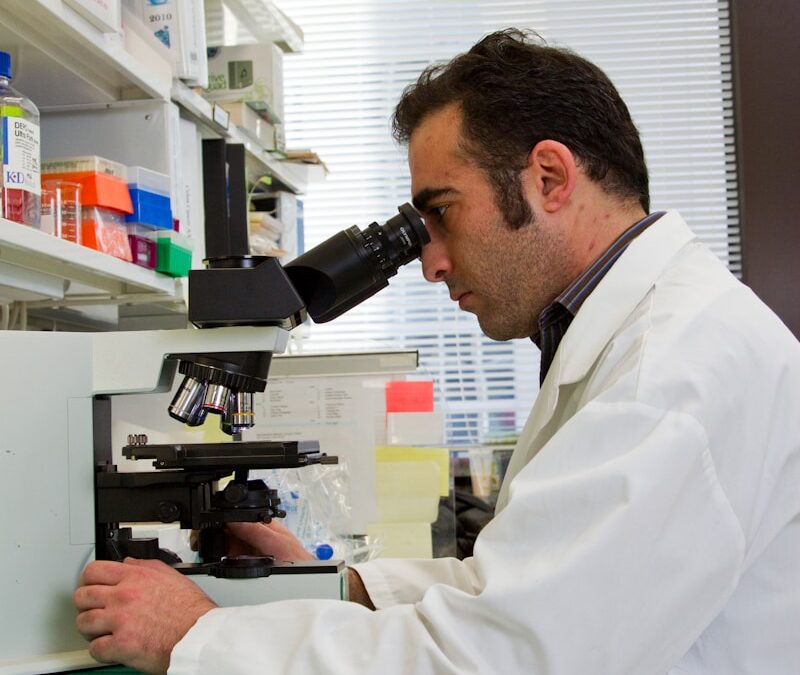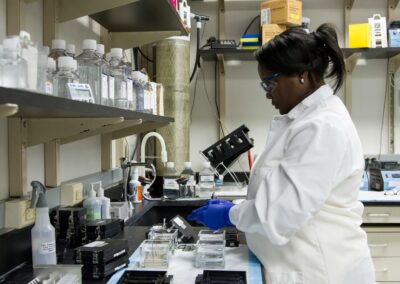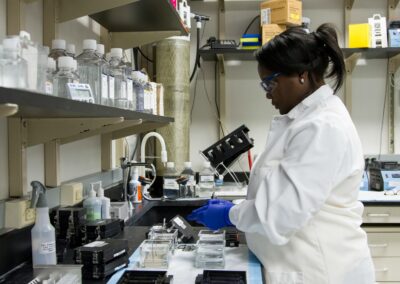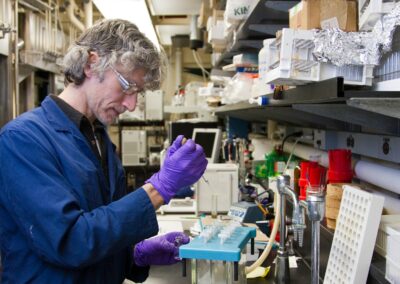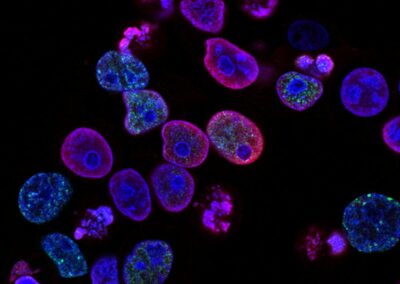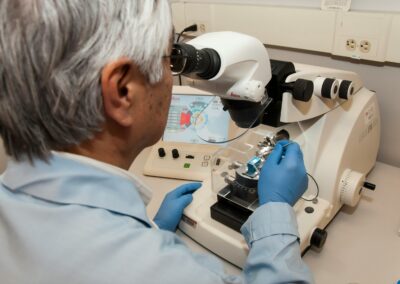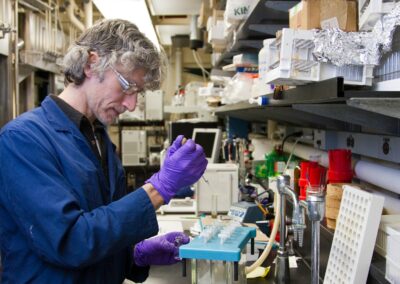The Transformative Impact of CRISPR and Genome Editing Technologies
CRISPR and genome editing technologies are poised to revolutionize genetic engineering by offering unprecedented precision and versatility in modifying genetic material. These cutting-edge technologies enable scientists to make targeted changes to DNA, paving the way for groundbreaking applications in medicine, agriculture, and beyond. The CRISPR-Cas9 system, a prominent genome-editing tool, allows for the precise insertion, deletion, or alteration of specific DNA sequences, which can significantly impact the development of new therapies and genetically modified organisms. By harnessing the power of CRISPR, researchers can address genetic disorders at their source, creating new avenues for disease prevention and treatment.
The ongoing development of CRISPR technology is enhancing its efficiency and expanding its potential applications. Advances such as CRISPR-Cas12 and CRISPR-Cas13 offer improved targeting capabilities and reduced off-target effects, which are critical for ensuring the safety and accuracy of genetic modifications. These innovations are crucial for moving beyond basic research and translating CRISPR technology into practical applications that benefit society. For instance, improved CRISPR systems are facilitating the development of gene therapies for previously untreatable genetic conditions, such as muscular dystrophy and cystic fibrosis.
Moreover, the integration of CRISPR technology with other emerging fields, such as synthetic biology and bioinformatics, is further expanding its potential. By combining CRISPR with advanced computational tools, researchers can design and model complex genetic modifications with greater precision, leading to more efficient and targeted engineering of biological systems. This synergy is driving forward the next generation of genetic engineering applications, which promise to transform industries ranging from healthcare to agriculture and environmental conservation.
Revolutionizing Medicine with CRISPR and Genetic Engineering
One of the most exciting prospects of CRISPR and genome editing technologies is their potential to revolutionize medicine. Gene therapy, which involves correcting or replacing faulty genes, is being significantly advanced by CRISPR technology. For example, clinical trials using CRISPR to treat genetic disorders such as sickle cell disease and beta-thalassemia have shown promising results, demonstrating the technology’s ability to modify patients’ DNA to address these conditions effectively. As CRISPR technology continues to evolve, it is expected to play a crucial role in developing personalized medicine approaches, where treatments are tailored to an individual’s unique genetic profile.
Additionally, CRISPR has the potential to accelerate drug discovery and development by enabling the creation of more accurate disease models and screening platforms. By editing the genomes of model organisms or human cells, researchers can better understand disease mechanisms and identify new drug targets. This capability not only speeds up the drug development process but also improves the chances of finding effective treatments for complex diseases. The ongoing advancements in CRISPR technology are likely to enhance its utility in these areas, leading to more rapid and successful drug development.
Expanding the Horizon: Agricultural and Environmental Applications
Beyond medicine, CRISPR and genome editing technologies are making significant strides in agriculture and environmental science. In agriculture, CRISPR is being used to develop crops with improved traits, such as enhanced resistance to pests and diseases, increased nutritional value, and greater environmental sustainability. These advancements hold the promise of addressing global challenges related to food security and sustainable agriculture. For example, CRISPR-edited crops can reduce the need for chemical pesticides and fertilizers, leading to more eco-friendly farming practices.
In environmental science, CRISPR technology is being employed to tackle pressing issues such as environmental pollution and conservation. By engineering microorganisms or plants to degrade pollutants or capture carbon dioxide, researchers can develop innovative solutions to environmental problems. Furthermore, CRISPR-based tools are being used to study and conserve endangered species by understanding and potentially mitigating the genetic factors that contribute to their decline. As these technologies continue to advance, they offer exciting possibilities for addressing some of the world’s most critical environmental challenges.
In conclusion, CRISPR and genome editing technologies are set to revolutionize genetic engineering by providing powerful tools for precise and targeted modifications. The ongoing development and refinement of these technologies promise to unlock new applications across various fields, from medicine to agriculture and environmental science. By leveraging the capabilities of CRISPR and other genome editing tools, researchers and industry leaders can drive forward innovation, improve outcomes, and address some of the most pressing challenges facing society today. As these technologies continue to evolve, their impact on genetic engineering and their potential applications will only grow, shaping the future of biotechnology and its role in solving global problems.
#CRISPR, #GenomeEditing, #GeneticEngineering, #Biotechnology, #GeneTherapy, #CRISPRAdvancements, #GeneticModification, #HealthcareInnovation, #AgriculturalBiotechnology, #EnvironmentalScience

